You can contact LEARNZ, part of CORE Education, at:
Postal Address:
PO Box 13 678,
Christchurch 8141,
New Zealand
New Zealand trains transport both freight and people.
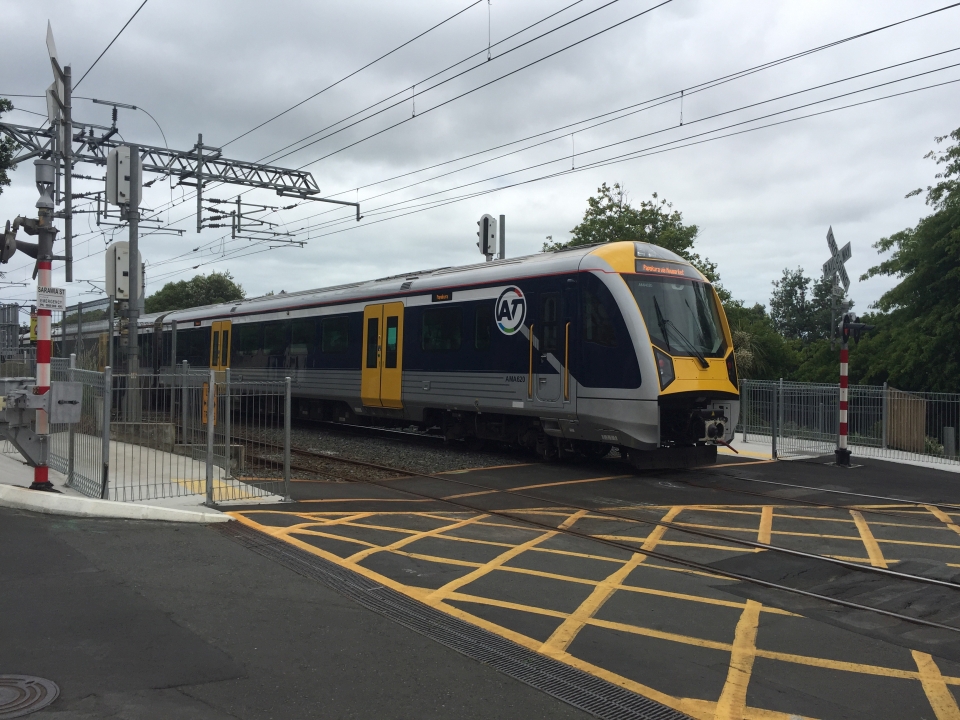
Wellington and Auckland are the only cities with an urban rail network. This means thousands of passengers can travel between suburbs and the central city.
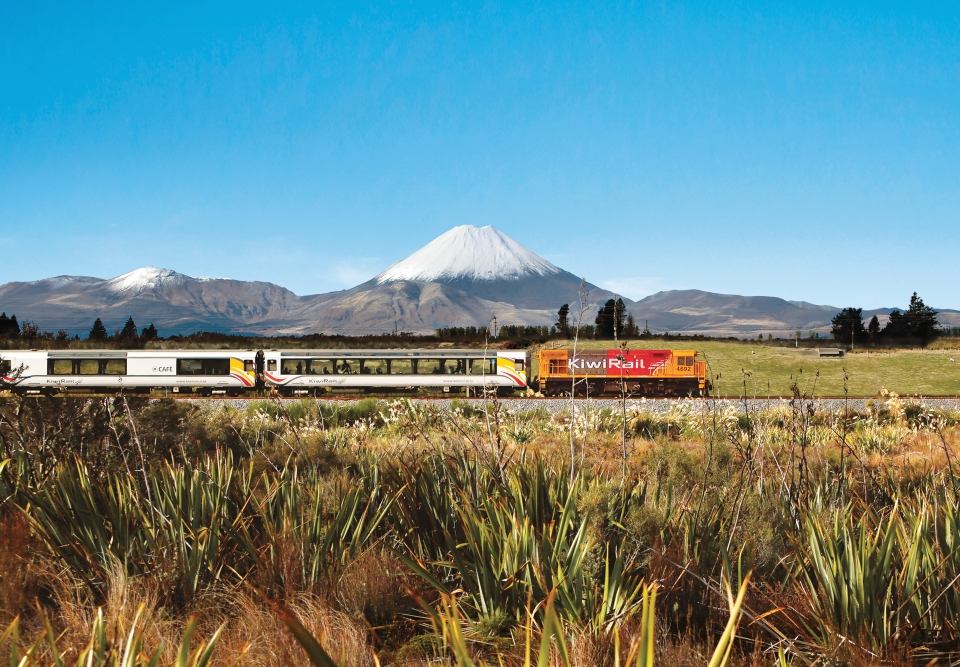
KiwiRail operates long-distance passenger trains. You might have heard of the “Great Journeys of New Zealand” brand. These include:

Every week over 900 freight trains move around the country. These trains carry freight and goods.
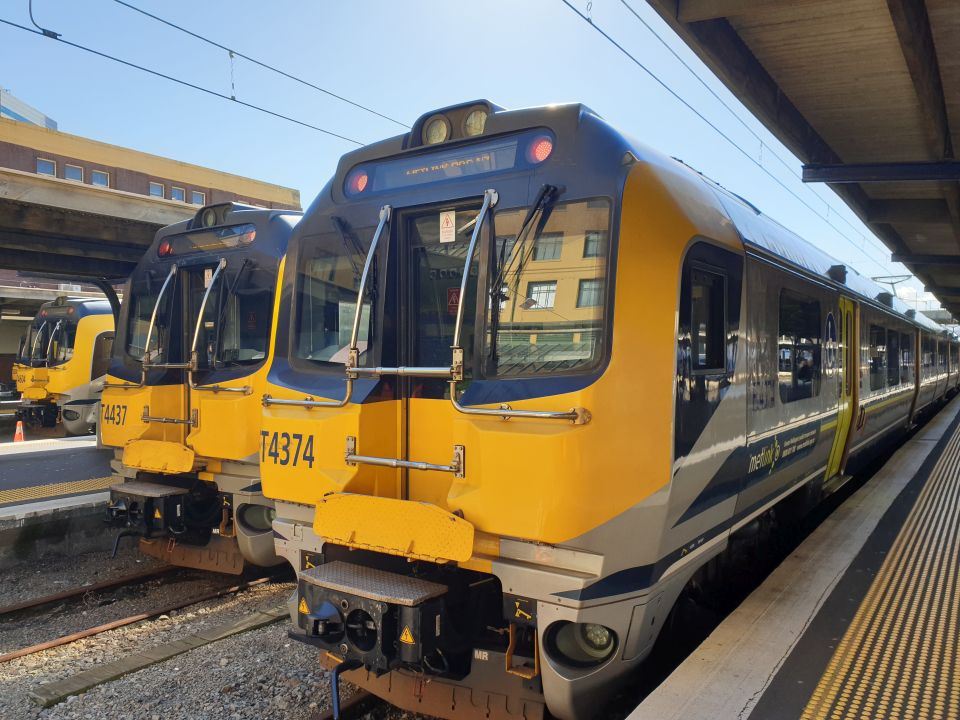
All electric rail is in the North Island and includes:
The Wellington Metro Line includes the Johnsonville, Kāpiti, Hutt Valley and Melling lines.
460 kilometres of the North Island Main Trunk Line is electrified in three separate sections. These sections are between:
The Auckland Metro Line opened in 2015 and runs from Swanson in the west to Papakura in the south. This line is helping to reduce road traffic in Auckland.
Electric propulsion is ideal for use in tunnels as there is no smoke build up. New Zealand’s first electrified railway was a 14-kilometre section through the Ōtira tunnel, which opened in 1923. In 1929 electric locomotives were used on the Christchurch to Lyttelton line. This included the Lyttelton tunnel. The Lyttelton line switched to diesel in 1970 and the Ōtira line also switched to diesel in 1997.
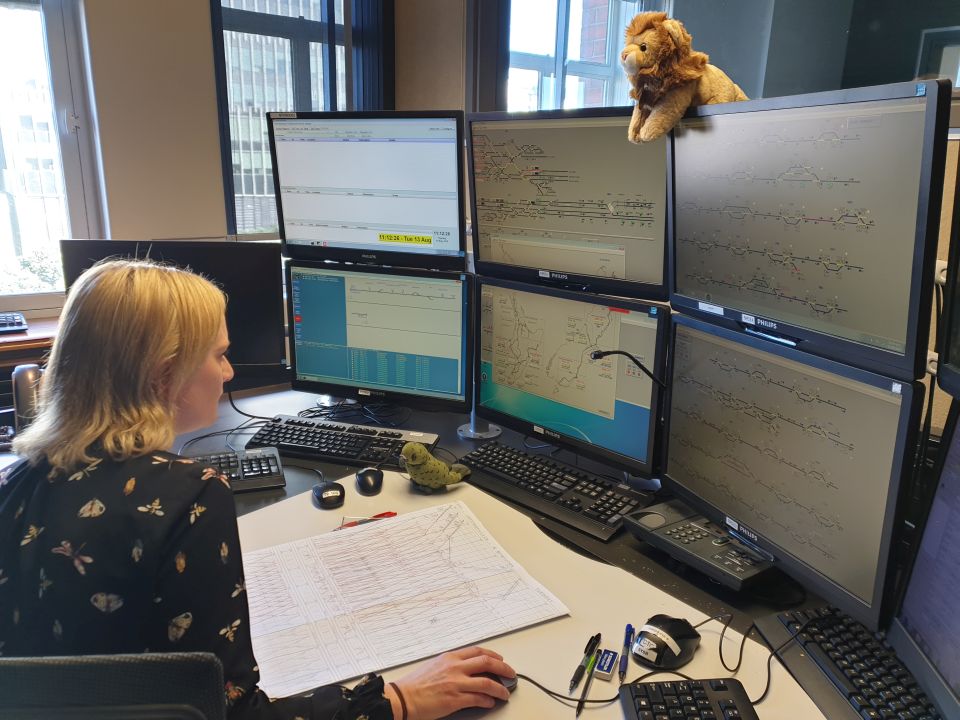
The Train Control Centre is in Wellington. All New Zealand’s trains are controlled from here. Trains are located using GPS and tracked so train controllers can manage signal changes.
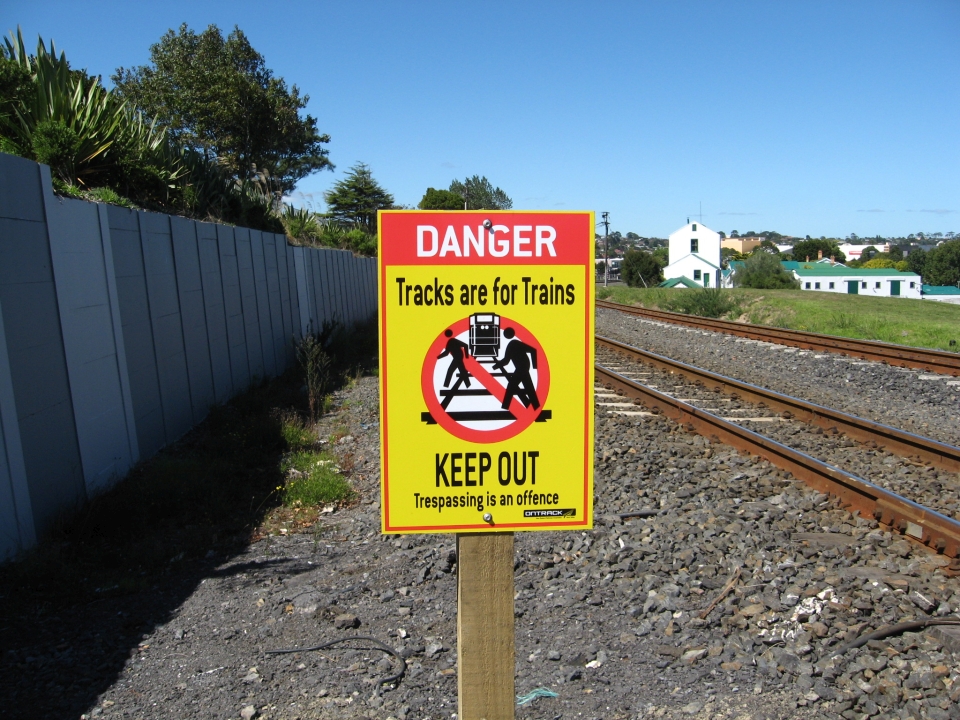
Railway tracks and rail yards are private property. You cannot:

Ready for a quiz? Try the Trains in New Zealand interactive activity.
The government is to spend one billion dollars on KiwiRail. This includes:
The Auckland City Rail Link also has funding. This link will be equal to 16 extra lanes of traffic into the city centre.